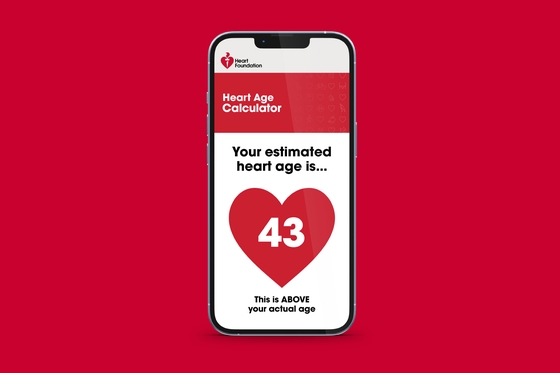

.jpg?format=pjpg&auto=webp)
Your heart is a muscle that pumps blood and oxygen to all parts of your body. Your heart also has its own blood supply.
Your heart is a vital organ. The functions of the heart are to:
The heart consists of four chambers which are connected by valves. Valves direct the flow of blood to big blood vessels. Blood travels in these blood vessels to deliver oxygen all around the body. Blood vessels also carry blood back to the lungs to remove waste and to put more oxygen in the blood.
The heart also has its own blood supply. Coronary arteries supply blood and oxygen to the heart muscle. When the coronary arteries become blocked, oxygen can’t reach the heart muscle. This can cause chest pain (angina) or a heart attack.
Click on the dots in the pictures below.


.jpg?width=560&height=auto&format=pjpg&auto=webp)
Coronary heart disease (CHD) or coronary artery disease occurs when a coronary artery clogs and narrows because of a buildup of plaque

Take the heart age test to check your heart health. Use our heart health check calculator to understand your risk of heart disease and heart attacks.

Statistics and information on coronary heart disease in Australia.
Last updated13 October 2025
Last reviewed15 January 2024